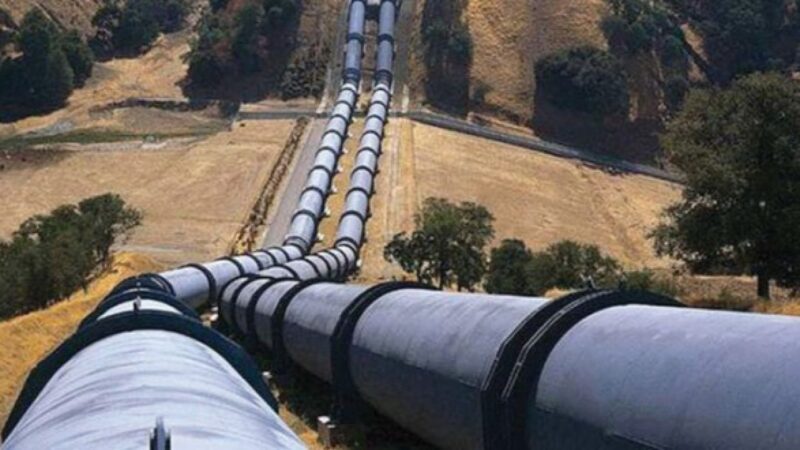On July 10 and 11, 2025, the Moroccan capital was the scene of crucial meetings as part of the African Atlantic Pipeline (GAA) project, one of the continent’s most ambitious energy initiatives. Organized in Rabat, these meetings brought together members of the technical committee and the steering committee to assess the project’s progress.
Led by the National Office of Hydrocarbons and Mines (ONHYM), these high-level meetings saw the participation of the general directors of the national oil companies from the countries crossed by the pipeline, as well as senior representatives from ECOWAS, the Moroccan Ministry of Energy Transition, ONEE, and MASEN. The goal was to review the progress made and set future milestones.
The project has already passed key stages. Detailed engineering studies were completed in 2024, while environmental and topographic studies (ESIA and survey) were finished for the northern section. Those for the southern section, linking Nigeria to Senegal, are currently underway. Designed to transport up to 30 billion cubic meters of gas per year, the pipeline will be built in successive phases, managed by a central holding company and three subsidiaries (SPV), each responsible for a segment of the route.
Another highlight of these days was the signing of a memorandum of understanding between the Nigerian National Petroleum Company Limited (NNPC), ONHYM, and the Togolese Gas Company (SOTOGAZ). This new agreement marks Togo’s official accession to the project and further strengthens the regional cooperation framework around the GAA.
Launched at the initiative of His Majesty King Mohammed VI and Nigerian President Bola Ahmed Tinubu, this pipeline project will run along the West African coast from Nigeria to Morocco, crossing a dozen countries (Benin, Togo, Ghana, Ivory Coast, Liberia, Sierra Leone, Guinea, Guinea-Bissau, Gambia, Senegal, Mauritania). It will subsequently be connected to the Maghreb-Europe Pipeline and the European gas network. Niger, Burkina Faso, and Mali will also benefit from this infrastructure.
Beyond its energy scope, the GAA aims to be a driver of regional integration and a lever for development for all the countries involved. It is part of the strategic vision of the Atlantic Initiative led by Morocco, which aims to strengthen African solidarity around structuring, sustainable projects with a strong socio-economic impact.
Project stakeholders unanimously praised the progress made and reaffirmed their commitment to making the African Atlantic Pipeline a concrete symbol of South-South cooperation and continental ambition.


